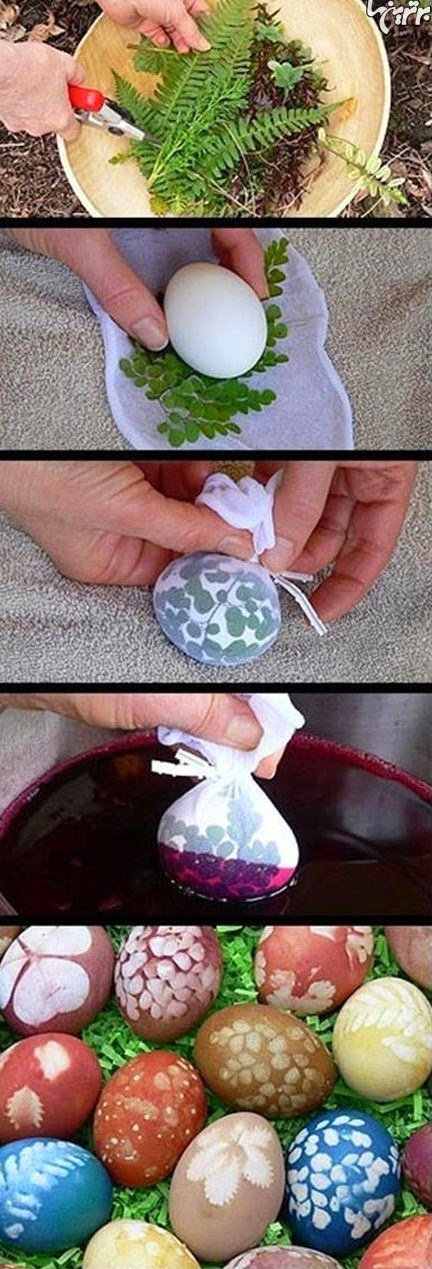Red eggs:
Beetroot is probably the best known natural dye for red colors (4 – 5 cups of broth from boiled beets is enough for 10 eggs), as well as poppy petals and the herb rice sold in organic shops.
Tile colored eggs:
The onion leaves from the dry onions achieve a nice brick color.
Yellow eggs:
For everyone who wants to achieve yellow color, the solution is provided by the spice turmeric (5 spoons for 10 eggs).
Green eggs:
Almond and nettle leaves.
Procedure
In general, what applies to vegetable dyes is that they should not be put in the pot together with the eggs, because spots and splashes will be created on their surface.
The most correct method is to boil the plant materials first (pieces of beetroot, flower petals etc.) and after straining them, add the vinegar (2 tablespoons), salt and the eggs in enough water to cover them.
also, the longer we boil the raw material, the more intense and deep the color will become!!
In "warm" painting, the eggs, we do not boil them for more than 15 with 30 minutes and always on low heat.
For "cold" painting, we will make the broth with the plants first, we will strain it, we will boil the eggs separately and leave them (broth and eggs) to reach room temperature. afterward, put the eggs in the broth for at least 1 time. In cold dyeing the colors become lighter, while in the hot one, when we take the eggs out of the heat, they will have fairly light shades that will darken as they dry.
To polish them, let them dry well, Wet kitchen paper with olive oil and smear them.


